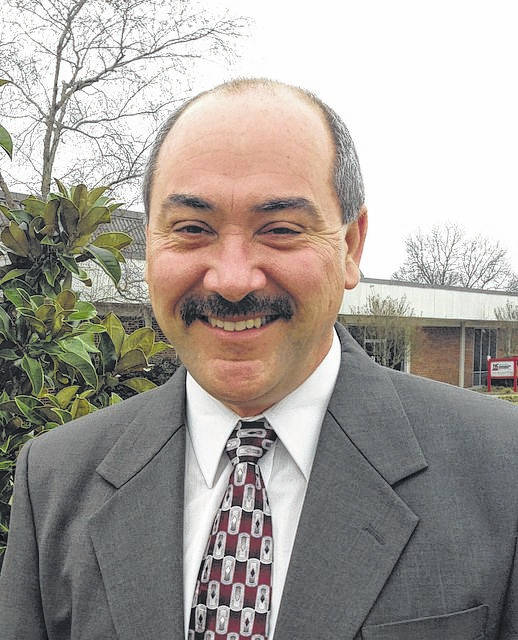LUMBERTON — I know what the outdoor thermometer says, but believe it or not, it is time to consider your fall garden.
We still have until Aug. 15 to seed our slower-maturing crops. Many of the shorter-season crops can be planted through the month of August for harvest through fall and into winter. Visit your local garden center or farmers market to shop for young plants.
If you are willing, many crops can also be grown from seed if sown within the next couple of weeks. When planted in late summer, hardy long-lived crops such as kale, collards, and cabbage will remain productive through early winter and longer if provided extra protection by a cold frame or heavy-weight row cover.
These plants can be established from transplants purchased at garden centers and planted in early September or from seed sown in early August. Seeds can be sown directly in the soil or started in containers of potting mix and transplanted to the garden in four to six weeks.
If you like kale, seek out heirloom types like Red Russian and Toscano, both of which produce tender leaves with excellent flavor. For a different experience with cabbage try one of the pointed-head varieties, such as the Early Jersey Wakefield. These cone shaped types, sometimes referred to as “spring cabbage,” are delicious and will be ready to harvest weeks earlier than the round-headed varieties. If you only need a few plants or don’t have space to start seedlings, you can purchase young plants in early September — just be sure to plant them by the middle of the month so they have time to mature before the killing temperatures of winter.
Be sure to keep newly seeded areas consistently moist since young seedlings die quickly if allowed to dry out. Don’t forget to thin seedlings once they start growing. Leave enough space between plants for them to reach mature size. For example, carrots only need to be thinned so individual plants stand approximately 2 inches apart while cabbages should be thinned or planted to allow at least 1 foot between plants. Other fall crops commonly seeded directly in the garden include lettuce and mesclun mixes, arugula, turnip greens and mustard. These can be planted anytime during the next month.
Remember, while planting your fall crops you can also plant a second round of some of your favorite early bearing summer crops.
Now with all this produce coming off, you will have plenty of items to enter in the 75th Annual Robeson Regional Agricultural Fair, happening Oct. 1 through Oct. 9. Look for the insert in The Robesonian due out Sept. 18, for a schedule of all the many events and happenings during this regional celebration. You can visit www.robesoncountyfair.com to view the copious number of entries eligible for prize money awarded in literally hundreds of categories.
So now you have two things to prepare for: your fall garden and all that prize money you can win at the Fair! See you there!
For more information, contact Mack Johnson, Extension Horticultural Agent, at 910-671-3276, by Email at [email protected], or visit our website at http://robeson.ces.ncsu.edu/.
Mack Johnson is a horticultural agent with the North Carolina Cooperative Extension, Robeson County Center. He can be contacted via email at [email protected] or by calling 910-671-3276.









